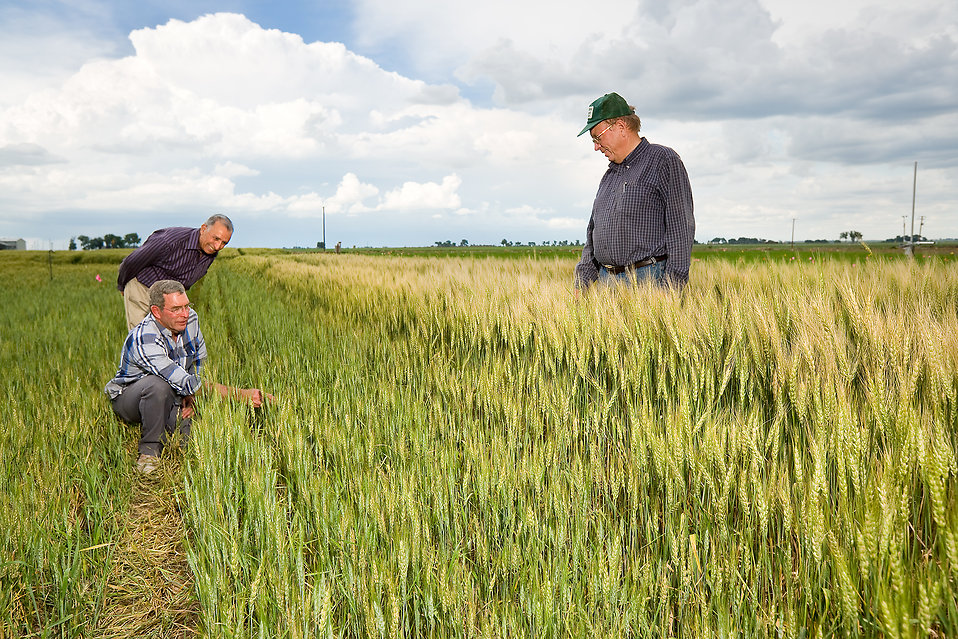 Monday, December 14, 2015 - According to the International Survey of Herbicide Resistant Weeds, almost 250 different plant species worldwide are resistant to one or more herbicides.
Monday, December 14, 2015 - According to the International Survey of Herbicide Resistant Weeds, almost 250 different plant species worldwide are resistant to one or more herbicides.
The problem of resistant weeds ballooned with the expanded use of the glyphosate herbicide, introduced by Monsanto in 1974 under the brand name Roundup and the company’s genetically engineered Roundup Ready crops, released in 1996. Farmers rapidly and widely embraced both. Andy Vangilder, University of Arkansas Cooperative Extension Service, Clay County agent stated: “It changed our lifestyle as far as farming. Weed control was so easy. It wasn’t a nightmare anymore and we had less hand chopping.
The use of genetically modified seeds decreased tractor-time and chemical use at the risk of creating herbicide resistant weeds. The problem has grown over the past two decades. And, as producer Colleen Bradford Krantz discovered, eradicating super weeds requires diligence and an old way of thinking. The first few years of a chemical’s use may leave behind only a few resistant weeds - those with the right genetic code. Those weeds drop their seeds and become more prominent in subsequent years if the same weed killer is used repeatedly.
Jason Norsworthy, University of Arkansas weed science professor, states: “Unless we start doing something differently, there’s going to be the day rather quickly on a larger and larger percentage of acres where we don’t have herbicide options. And that’s going to be a very scary situation.”
The problem, which once seemed like a distant threat to many, is now forcing farmers in some regions to hire crews to hoe, cut or pull the weeds, a practice largely abandoned twenty years ago. Several northeastern Arkansas producers estimate that hiring extra help to weed their cotton and soybean fields adds up to $30 an acre, on top of the cost of alternative herbicides – but ignoring the weeds could mean losing a third or more in yield.
Most experts agree farmers must begin using a wider range of weed control options, including alternating chemicals, rotating crops, and increasing tillage when appropriate. Producers also are adding cover crops between rows, or looking at equipment that crushes weed seed.
Monsanto is seeking government approval for a new dual-ingredient herbicide called Roundup Xtend, which will combine glyphosate and dicamba. And last year, Dow AgroSciences gained government approval for Enlist Duo – a combination of glyphosate and 2,4-D. However, these new combinations may only buy time. And new herbicides, the last one having been created three decades ago, are unlikely to be introduced anytime soon.
Read the full story here